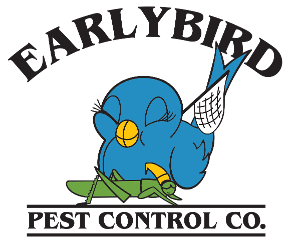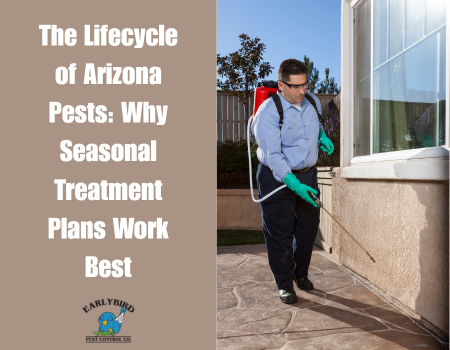Arizona Pest control is not a one-time task. The state’s diverse climate and year-round warmth create ideal conditions for many pests, from ants and scorpions to spiders and termites. To protect your home, garden, or business effectively, it helps to understand the lifecycle of Arizona pests and why a seasonal treatment plan provides the best results.
Understanding Arizona Pests
Arizona’s desert and urban environments host a variety of pests that follow seasonal patterns. Some common examples include:
- Ants: Species like Argentine and carpenter ants become active in spring and early summer, seeking food and water.
- Scorpions: Primarily nocturnal, scorpions are more active during warmer months and often enter homes in search of moisture.
- Spiders: Many species, including the black widow, increase activity in late summer and fall as temperatures fluctuate.
- Termites: Subterranean termites swarm in spring, establishing new colonies that threaten wooden structures.
Each pest has a lifecycle, including reproduction, growth, and dormancy. Seasonal patterns affect when they reproduce, feed, and migrate, making it critical to time control measures correctly.
Why Seasonal Treatment Works Better
Treating pests without considering their lifecycle often provides temporary relief. Pests may return if their nests, eggs, or colonies are not addressed at the right time. Seasonal treatment plans are designed around the biology of each pest, offering several advantages:
- Targeted Timing: Applying treatments when pests are most vulnerable—for example, before ants start foraging or termites begin swarming—prevents infestations from spreading.
- Reduced Chemical Use: Instead of repeated blanket applications, seasonal plans apply treatments strategically, minimizing environmental impact and exposure to people and pets.
- Continuous Protection: Year-round monitoring ensures that pest activity is detected early, preventing small problems from becoming large infestations.
- Cost-Effectiveness: Seasonal treatments reduce emergency visits and extensive damage repairs, saving money over time.
Components of a Year-Round Arizona Pest Management Plan
A well-structured seasonal pest control plan in Arizona typically includes:
- Spring: Focus on ants, termites, and early spider activity. Apply perimeter treatments, seal entry points, and inspect wooden structures.
- Summer: Target scorpions, spiders, and cockroaches. Maintain landscaping to reduce hiding spots, remove standing water, and use barrier treatments.
- Fall: Treat pests seeking shelter for winter, such as rodents, spiders, and certain ant species. Inspect for cracks and seal openings around doors, windows, and vents.
- Winter: Conduct preventive inspections and apply treatments to disrupt potential colonies that may survive indoors. Prepare for early spring activity with monitoring and pre-treatment strategies.
This approach ensures pests are controlled before they become a major problem and reduces the likelihood of infestations returning.
Benefits Beyond Arizona Pest Control
Implementing a seasonal plan provides more than just a pest-free environment:
- Peace of Mind: Homeowners and business owners know they are protected year-round without constant worry.
- Property Preservation: Termites, rodents, and other pests cause structural damage if left unchecked. Seasonal control prevents costly repairs.
- Sustainable Practices: By timing treatments and reducing chemical overuse, you protect the environment, beneficial insects, and pollinators.
- Long-Term Relationship with Service Providers: Regular seasonal visits encourage proactive care and allow pest control companies to build trust and provide better support over time.
In Arizona, understanding pest lifecycles is the key to effective, long-lasting pest management. Seasonal treatment plans align with each pest’s activity and reproduction patterns, providing strategic protection that is safer, more efficient, and cost-effective than reactive, one-off approaches.
Homeowners and businesses benefit not only from a pest-free environment but also from reduced damage, lower chemical exposure, and reliable year-round protection. A thoughtful seasonal plan transforms pest control from a temporary fix into a sustainable solution that safeguards both property and health.


Recent Comments